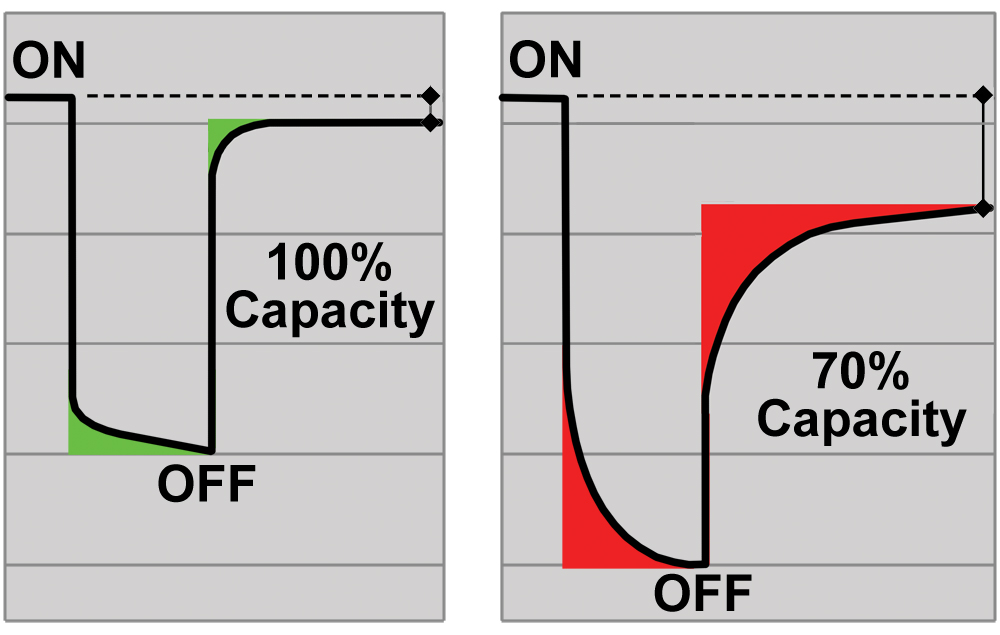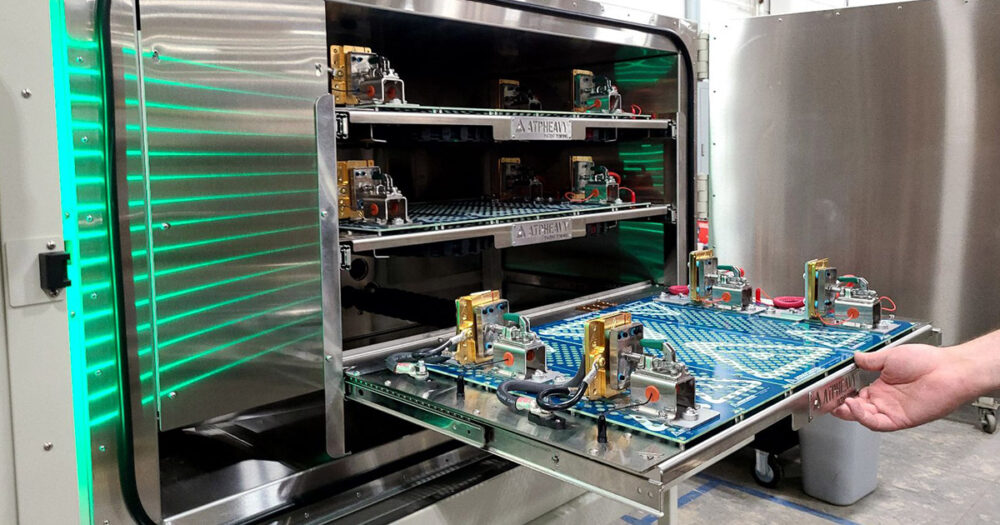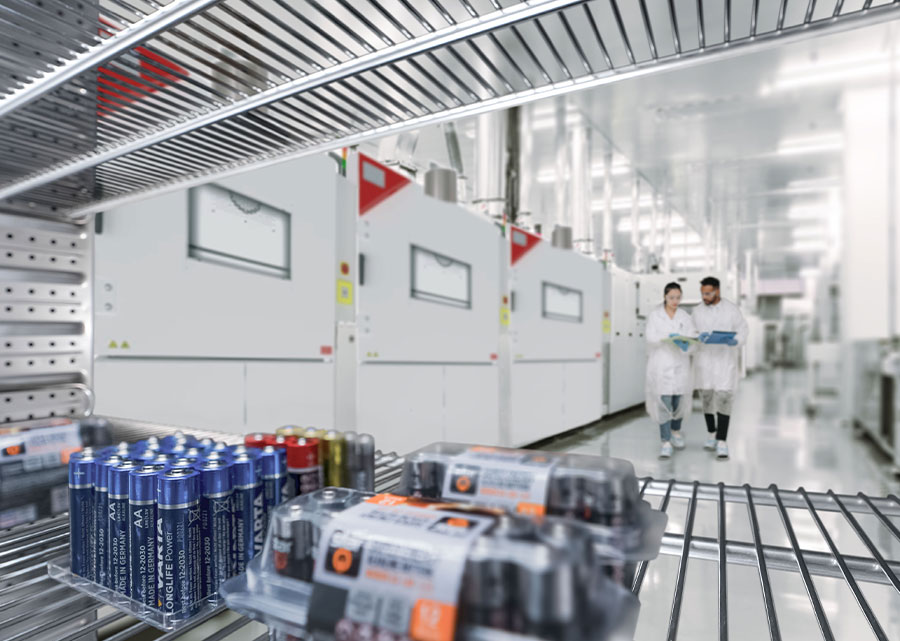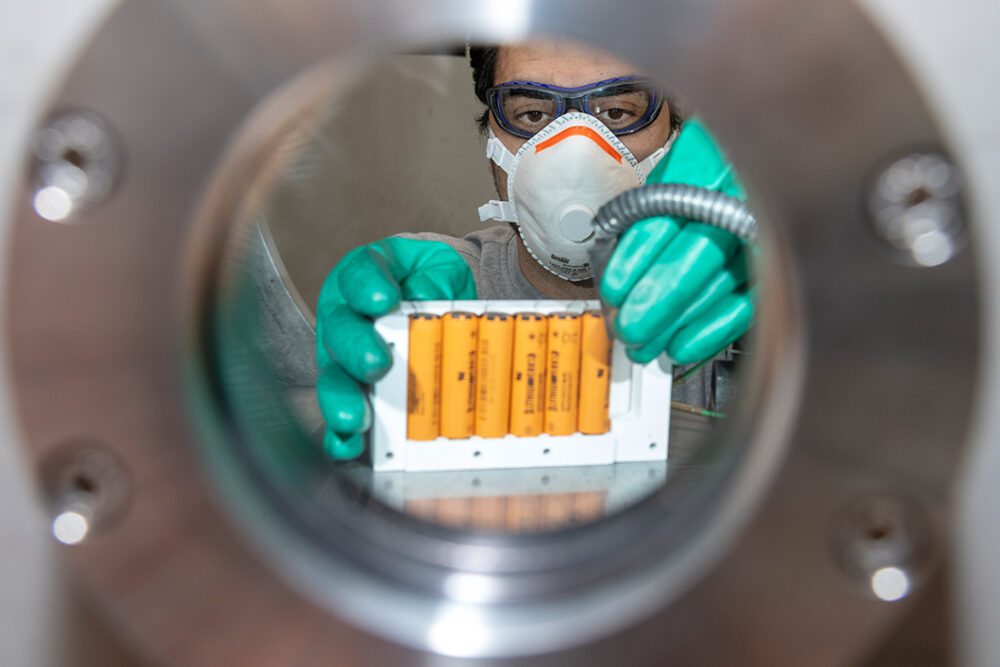Lithium battery test chambers are enclosed spaces equipped with various control systems to simulate different environmental conditions. These chambers are vital in evaluating the safety and performance of lithium batteries before they hit the market. These batteries are in your smartphones, laptops, electric cars, and many other devices that make modern life convenient. The test chambers are an unseen but essential part of making sure that the energy storing elements in these gadgets are as safe as they are efficient.
Why Lithium Batteries Need Testing
Lithium batteries are a common energy source because they are lightweight and can store a lot of energy. However, packing so much energy into a small space can also be dangerous. Faulty batteries or those exposed to extreme conditions can suffer from issues like overheating, short-circuiting, and even bursting into flames or exploding. This is where lithium battery test chambers come in. They subject batteries to rigorous conditions to identify any defects or vulnerabilities. By doing so, manufacturers can ensure that the batteries that end up in consumer devices are as safe as possible, thus minimizing the risk of property damage or injury.

Components of a Lithium Battery Test Chamber
A typical lithium battery test chamber isn’t just a box; it’s a carefully designed environment. Inside the main chamber where the batteries are placed, you’ll find several critical components. These include temperature controllers, humidity controllers, and pressure controllers. Additionally, there are safety features like fire suppression systems and emergency shutdowns. All these elements work in concert to simulate a range of conditions that a battery might encounter in the real world. This allows testers to comprehensively evaluate a battery’s performance and safety levels under different scenarios, ensuring that only the most reliable batteries make it to the market.
Temperature Control
Temperature can drastically impact a battery’s performance and safety. That’s why temperature controllers in the test chamber are so crucial. They allow the environment inside the chamber to be carefully manipulated. If a battery gets too hot, it can overheat, which is a significant safety concern. Conversely, if it gets too cold, the battery may not perform as efficiently as it should. The temperature control unit in the test chamber helps testers subject the battery to a variety of temperature conditions, ranging from extreme cold to extreme heat, to make sure the battery can safely operate in any climate.
Humidity Control
Humidity is another environmental factor that can affect a lithium battery’s performance. Too much moisture in the air can lead to corrosion of the battery’s internal components, while too little humidity may contribute to static electricity, affecting the battery’s function. The humidity control unit in a lithium battery test chamber allows testers to precisely control the moisture levels in the air, enabling them to study how different humidity levels impact a battery’s performance and reliability.

Pressure Control
Controlling pressure is another critical aspect of testing lithium batteries. In the real world, these batteries may find themselves in various altitudes and pressure conditions, such as in an airplane or at a high-altitude location. Incorrect pressure can lead to leakage or even catastrophic failure of the battery. Therefore, pressure controllers in the test chamber allow testers to simulate different pressure conditions, helping them understand how variations in pressure affect the battery’s stability, performance, and overall safety.
Safety Measures
Lithium battery test chambers are built with a variety of safety measures to prevent accidents during the testing process. Features such as fire suppression systems, ventilation, and emergency shutdown capabilities are standard. These features are critical because, during testing, batteries can potentially catch fire or explode if they are defective or if they react negatively to the test conditions. The safety measures in place ensure that any such incidents are contained within the chamber, thereby protecting the testing personnel and the facility.
Testing Protocols
When it comes to testing lithium batteries, there’s a set of standard protocols that testers follow. These protocols are based on regulations put forth by safety organizations and government agencies. Commonly followed standards include those from the International Electrotechnical Commission (IEC) and Underwriters Laboratories (UL). Adherence to these standards ensures that the testing process is thorough and that the batteries meet minimum safety requirements.

Data Collection
Data collection is a vital part of the testing process. Sensors within the chamber monitor various factors like temperature, humidity, and pressure, and this data is logged for analysis. Accurate data is crucial for interpreting the results correctly. This information helps engineers and scientists make informed decisions on whether a battery is safe for public use or needs to be re-engineered.
Real-World Applications
Lithium battery test chambers serve a critical role outside of academic or experimental settings; they are indispensable in real-world applications. Industries like consumer electronics, automotive, aerospace, and renewable energy rely heavily on these chambers. They use them to ensure that their products, from smartphones to electric cars, are both safe and efficient. For instance, before electric car batteries hit the road, they undergo rigorous testing in these chambers. The goal is to certify that they can withstand various environmental conditions like extreme temperatures or high altitudes without failing, ensuring public safety.
Future Developments
As our technological landscape continues to evolve, lithium battery test chambers are bound to follow suit and become increasingly advanced. Future innovations are likely to feature even more precise control systems, coupled with automation capabilities for high-throughput testing, effectively speeding up the evaluation process. Enhanced data analytics capabilities are also on the horizon. Such advancements will streamline the battery testing process, making it more accurate and efficient. As a result, this will contribute to elevating the safety and performance standards of lithium batteries even further.

Conclusion
Lithium battery test chambers play a vital role in ensuring that the batteries used in various consumer and industrial products are safe and efficient. With features that control temperature, humidity, and pressure, these chambers provide a comprehensive testing environment. By adhering to strict protocols and safety measures, they help mitigate the risks associated with lithium batteries. As technology progresses, these chambers will continue to evolve, making our reliance on lithium batteries safer and more sustainable.





